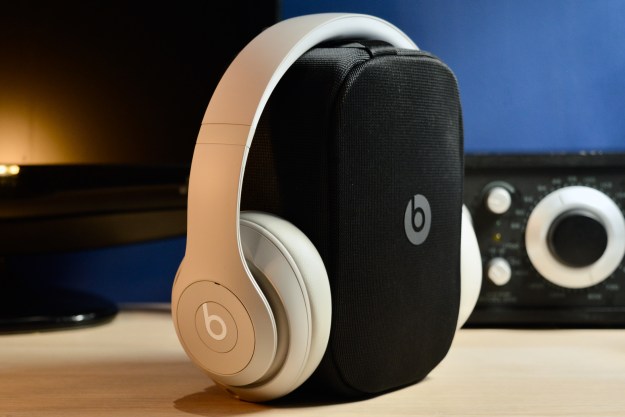As it currently stands, there are two major high dynamic range (HDR) technologies: HDR10 and Dolby Vision. While many TV manufacturers support both, some like Samsung and Panasonic have left out support for Dolby Vision. TVs from both manufacturers still display HDR just fine, but Dolby Vision offers a few things that HDR10 doesn’t, including per-frame metadata. Now, TVs from both Samsung and Panasonic are catching up in a big way, thanks to a firmware update that brings a new HDR technology called HDR10+.
As the name implies, HDR10+ builds on HDR10 by adding dynamic metadata to each frame, which lets the TV adapt the picture on a per-frame basis, making for an even more life-like picture. Among other things, this fixes a potential problem with standard HDR10 where night scenes can end up looking too dark. Dolby Vision still has some advantages — it supports 12-bit color while HDR10+ only supports 10-bit, for example — but HDR10+ also has the advantage of being royalty free, while Dolby Vision is not.
This shouldn’t exactly come as a surprise. In June, HDR10+ Technologies, a joint venture put together by Samsung, Panasonic, and 20th Century Fox, announced a certification program for HDR10+. While it wasn’t announced that Samsung and Panasonic would bring the technology to their TVs so soon, it was an easy assumption considering both companies’ stake in HDR10+.
As for 20th Century Fox, the company has commited to support the technology in its upcoming releases, and will have more to say about that, including titles being released that will feature HDR10+, in the coming weeks. This wouldn’t be the first content to make use of HDR10+ though. In the tail end of 2017, Amazon added support for HDR10+ to more than 100 titles, including The Grand Tour, The Tick, and The Man in the High Castle.
While they might be the biggest names currently associated with HDR10+, the three mentioned above are hardly the only companies planning to support the HDR technology. A full list of companies adopting the new technology is available via the HDR10+ website, and while many of them produce tools for content providers, this could entice more companies to support the technology.
Editors' Recommendations
- What is HDR10+? What you need to know about the HDR format
- Dolby Vision vs. HDR10 vs. HDR10+: Which HDR format is the best?
- Google Play sides with team Samsung in the HDR format war


